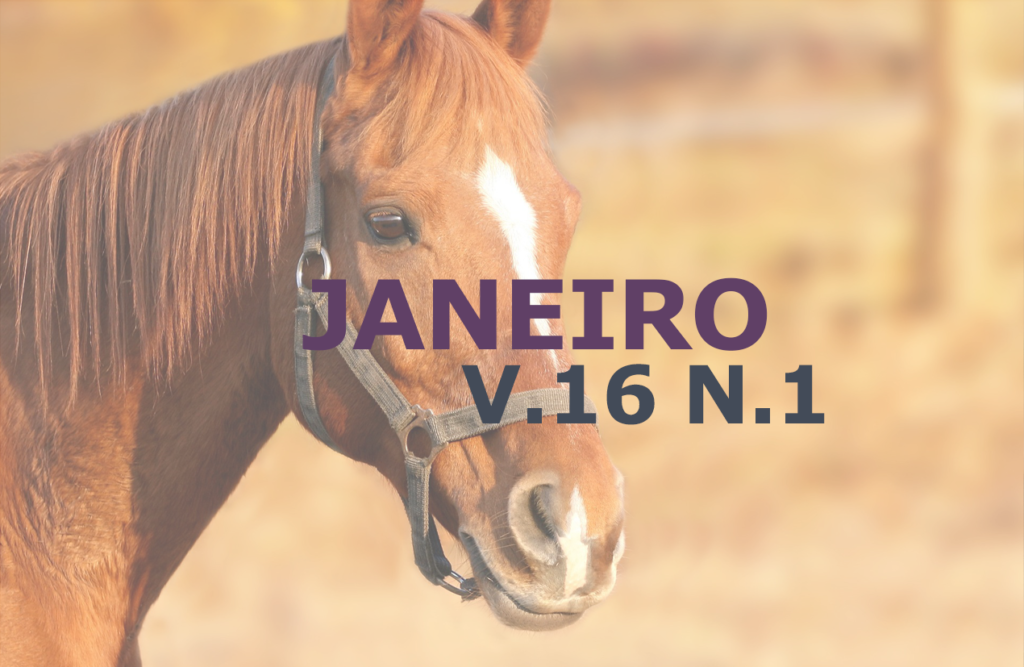Generalized subcutaneous emphysema secondary to perforating axillary wound in horse: Case report
DOI:
https://doi.org/10.31533/pubvet.v16n01a1016.1-5Keywords:
Creptation, gas, axillary woundAbstract
Subcutaneous emphysema is considered as the accumulation of gas into the subcutaneous space and between the muscles bundles and fasciae. Subcutaneous emphysema in horses is rare and may be due to perforations of trachea and cutaneous tissue in regions of intense movement, resulting in air suction to the subcutaneous space. This report is a description of a 5-year-old Quarter Horse mare who suffered a perforating trauma at the axillary region due to the horning of a cattle. The animal was assisted at the Veterinary Hospital – Adílio Santos Azevedo (HV-ASA), from Instituto Federal da Paraíba – Campus Sousa, presenting generalized subcutaneous emphysema secondary to perforating wound which improved with antibiotic therapy, anti-inflamatory administration, daily wound cleaning and patient movement restriction. The animal discharged after 21 days. Thus, it was observed that secondary emphysema to skin wounds can have a good prognosis if treated correctly.
Downloads
Published
Issue
Section
License
Copyright (c) 2022 Amanda Estefanir Cordeiro, Gerôncio Sucupira Júnior, Rodrigo Formiga Leite, Luan Aragão Rodrigues, Jorge Domingos da Silva Lima

This work is licensed under a Creative Commons Attribution 4.0 International License.
Você tem o direito de:
Compartilhar — copiar e redistribuir o material em qualquer suporte ou formato
Adaptar — remixar, transformar, e criar a partir do material para qualquer fim, mesmo que comercial.
O licenciante não pode revogar estes direitos desde que você respeite os termos da licença. De acordo com os termos seguintes:
Atribuição
— Você deve dar o crédito apropriado, prover um link para a licença e indicar se mudanças foram feitas. Você deve fazê-lo em qualquer circunstância razoável, mas de nenhuma maneira que sugira que o licenciante apoia você ou o seu uso. Sem restrições adicionais
— Você não pode aplicar termos jurídicos ou medidas de caráter tecnológico que restrinjam legalmente outros de fazerem algo que a licença permita.





